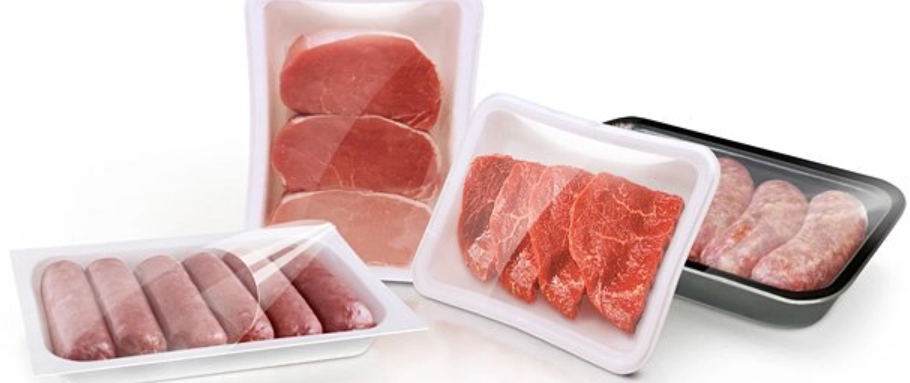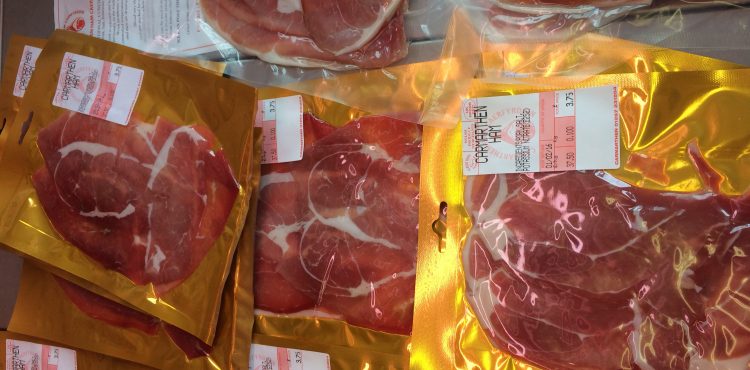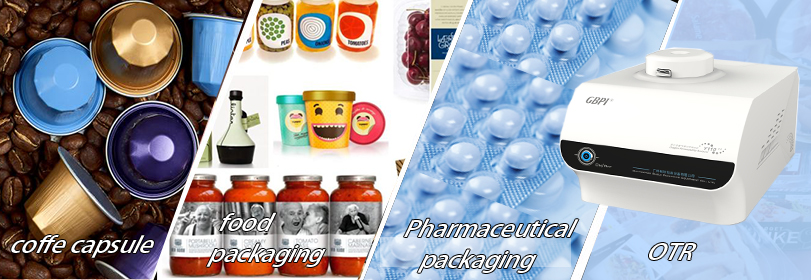OTR (Oxygen Transmission Rate) Definition
is the steady-state rate of oxygen permeation through the membrane at a specified temperature and relative humidity. Values are given in cc/100, in US standard units, 2/24 hr, and in metric (or SI) units as cc/m 2 /24 hr. Standard test conditions are 73°F (23°C) and 0% RH.
Oxygen Transmission Rate (OTR) related standards
Oxygen Permeation of Flexible Barrier Materials Using a Coulometric Sensor ASTM D3985, ISO 15105
Oxygen transmission rate range:
Determine the oxygen transmission rate (OTR) of flexible barrier materials for packaging or industrial applications. Key factors in understanding material penetration include material thickness and environmental factors such as relative humidity and temperature.
ASTM D3985 Test Procedure:
At a selected temperature and humidity, a barrier film is sealed between a chamber containing oxygen and a chamber void of oxygen. A coulometric sensor measures the oxygen that is transmitted through the material.
Correlation with package performance
The air we breathe is about 21% oxygen and 79% nitrogen, with very small amounts of other gases like carbon dioxide and argon. Oxygen is vital to human and animal life, and it is also a reactive compound that is a key factor in food spoilage: most chemical and biological reactions that produce rancid oils, molds, and flavor changes require oxygen to occur. So it's no surprise that food packaging (and some non-food packaging for products where atmospheric oxygen poses a hazard) has progressed and found ways to reduce oxygen exposure and extend the shelf life of oxygen-sensitive products.
There are two ways to reduce product exposure to oxygen through flexible packaging:
1. Modified Atmosphere Packaging (MAP) is the process of replacing the air in the headspace of the package with another gas before final sealing. This modified atmosphere packaging is firmly established in the food industry and continues to grow in importance. In short, the natural environment air in the package is replaced by a gas or gas mixture (usually nitrogen and carbon dioxide). This packaging in a protective atmosphere maintains the quality of fresh food for a longer period of time, extends shelf life and enables food producers to geographically capture a larger market for perishable products. As well as products for meat and sausage products, dairy products, bread, fruits and vegetables, fish or convenience products.

2. Vacuum packaging is the process of extracting and eliminating the atmosphere, rather than replacing it with another gas; this vacuum inside the packaging forces the flexible material to conform to the shape of the product. Meat (fresh and processed) and cheese are often packaged this way.
Once the air in the package is replaced or removed, there must be an adequate oxygen barrier and adequate seal integrity to maintain a low oxygen concentration within the package. Otherwise, the driving force created by the oxygen partial pressure differential (21% outside the bag and 0-2% inside the bag) will allow oxygen to enter and destroy the benefits of removing oxygen in the first place. OTR values are used to compare the relative oxygen barrier capabilities of packaging films. The industry rule of thumb is that a material is considered a "high oxygen barrier" if its OTR is less than 1 cc/100 for 2/24 hours (15.5 cc/m2/24 hours).

What affects the OTR of thin films
Good oxygen barrier properties can be achieved by combining functional layers to form films with desired barrier properties and other properties required to produce usable packaging. For example, EVOH has excellent OTR properties but requires the moisture barrier and mechanical properties provided by layers coextruded or laminated around it.
OTR is most affected by:
1. Barrier layer thickness: Generally, the thicker the oxygen barrier layer, the better the barrier properties. However, there are process and cost constraints that limit the thicknesses that can be practically produced or successfully utilized.
2. Copolymer ratio, plasticizer content and polymerization process: Not all PVdC (or EVOH or PVOH) are created equal. During polymer and product development, performance is compromised so that the overall performance of the target application is optimized. Depending on the choices made, OTR values can vary widely.
3. Surface compatibility of base film: The physical and chemical properties of the surface of the base film have a great influence on the OTR after metallization, and have little effect on the coating. This is evidenced by the excellent barrier properties of Met PET and the OTR differences between various metallized OPP products (see Table 10).
GBPI's Y110 2.0 Oxygen Transmission Rate Tester only measures and controls the OTR of those films modified by coating, co-extrusion or metallization and guarantees the maximum OTR value in the product specification.

 info@gbtest.cn
info@gbtest.cn



 en
en ru
ru es
es ar
ar

